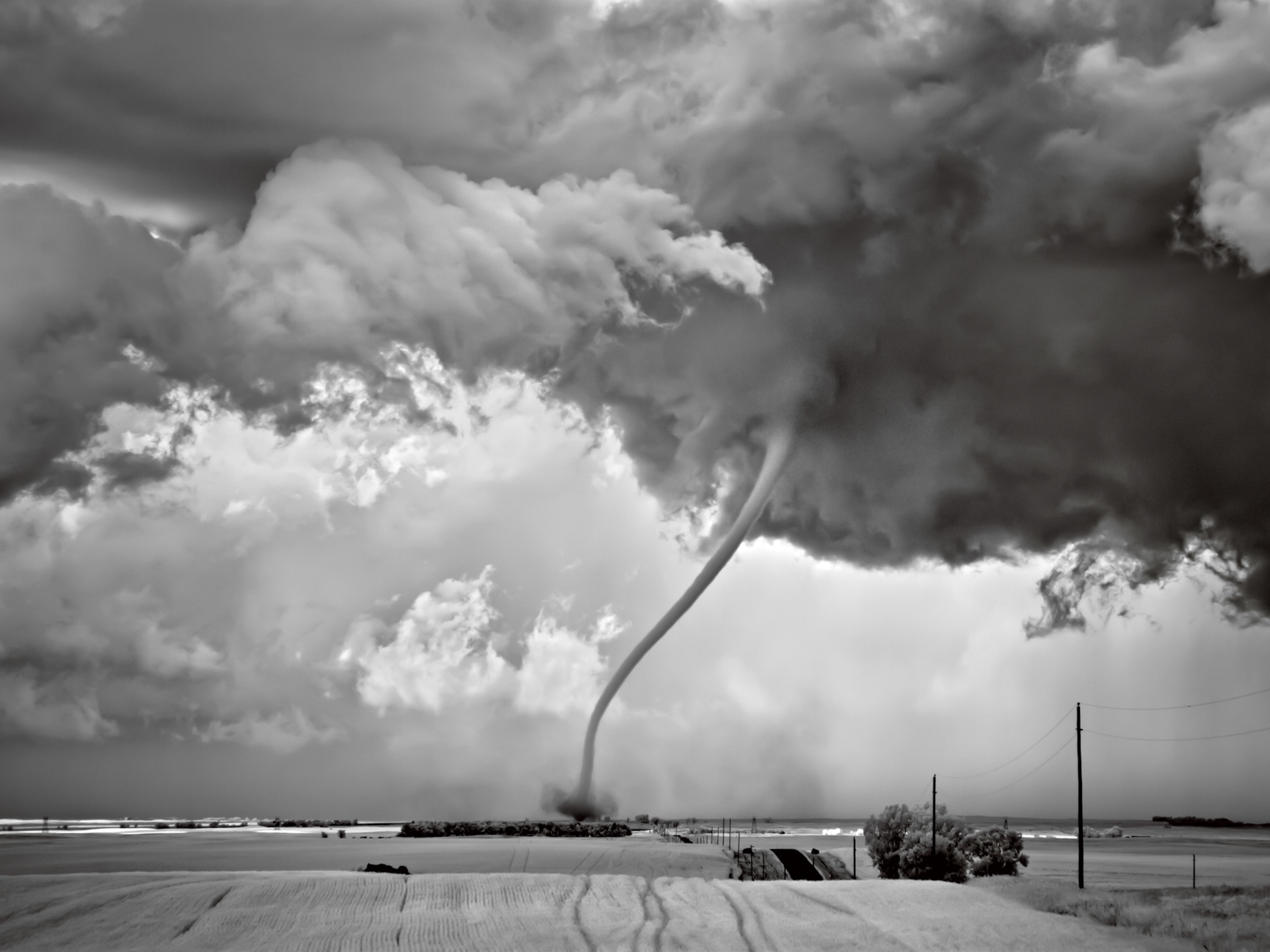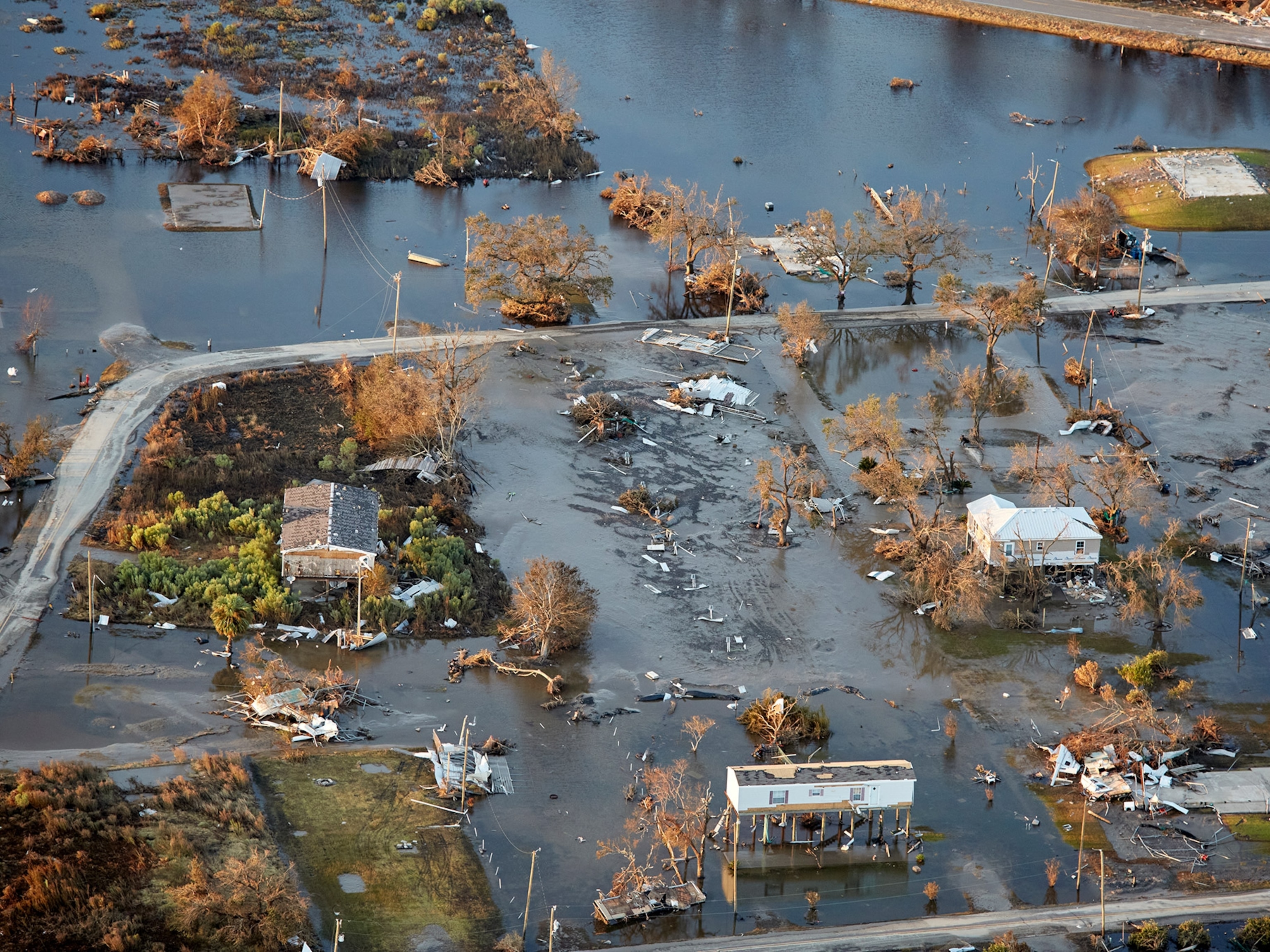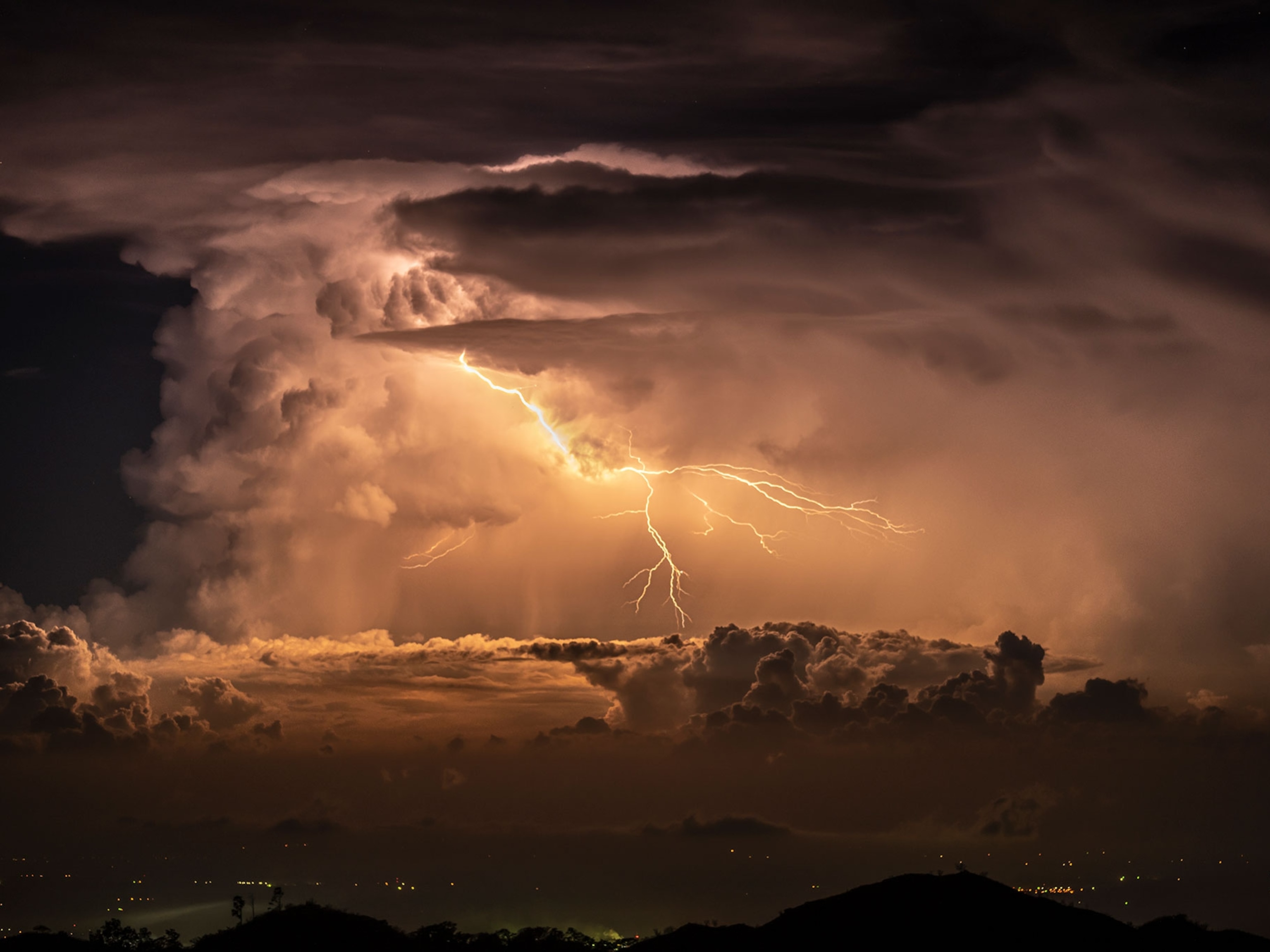From Space, 2017's Devastating Hurricanes Look Hypnotic
By tracking tiny particles of dust, salt, and smoke, NASA video reveals how changing atmospheric currents impact hurricanes.
This year's hurricane season has been rife with superlatives: by all accounts, it was one of the most catastrophic, rainiest, and busiest we've seen in modern history.
Harvey dumped an unprecedented amount of rain on Houston in August, Irma had some of the strongest winds ever documented in the Atlantic, and Ophelia triggered bizarre weather phenomena in western Europe.
It's easy to see the environmental damage left in the wake of these destructive hurricanes, but changing atmospheric currents that cause these hurricanes are harder to visualize.
A new simulation published by NASA shows how these changes in the atmosphere can be observed by following the path of aerosol particles—tiny particles that hang in the atmosphere.
From July 31 to August 1, NASA scientists tracked tiny aerosol particles of smoke, sea salt, and dust as they drifted across the Atlantic Ocean. Mathematical models created by the Goddard Earth Observing System demonstrate how these aerosols move over time. When they are projected over satellite images from this period, scientists can better see the physical processes that lead to these super storms, according to NASA's website.
NASA's visualization first shows Hurricane Harvey as it forms in late August, just above the northern coasts of South America. When the storm grows and salt particles concentrate, it can be seen in the form of a bright blue cluster spiraling toward the Gulf Coast.
By the beginning of September, just as Harvey dissipates, Irma forms off the western coast of Africa. The bright blue concentration of salt clustered at its center mixes with the tan dust aerosols from the Sahara Desert.
While not directly impacting this season's hurricanes, smoke from the northwestern U.S.'s devastating wildfires can simultaneously be seen spreading fully across the Atlantic Ocean.
By the end of September, Hurricanes Maria and Jose also spiral into formation.
The final hurricane shown in the simulation is Ophelia, which formed in the eastern Atlantic and followed an uncommon northeastern trajectory. The storm made headlines after it spread Saharan Desert dust over western Europe, creating red "Martian" skies over London. The visualization shows how Ophelia traps the dust in its path and whips it toward the north.
Better Forecasts
Understanding how particles impact hurricanes gives scientists a fuller picture of how these storms move and grow. Additionally, it shows how aerosols can be spread thousands of miles by atmospheric changes other than hurricanes.
The unique atmospheric conditions hurricanes require to form in the first place are pretty well known. Their energy is powered by warm seawater over 80 degrees Fahrenheit and sustained when wind shear is low. La Niña and El Niño weather patterns, which influence ocean temperature, can impact the severity of a hurricane season. Those cyclical phenomena largely impact Pacific Ocean currents, but understanding atmospheric cause-and-effect could help scientists predict changes in other regions of the world.
(Learn more about what it takes to create a Category 5 hurricane.)





